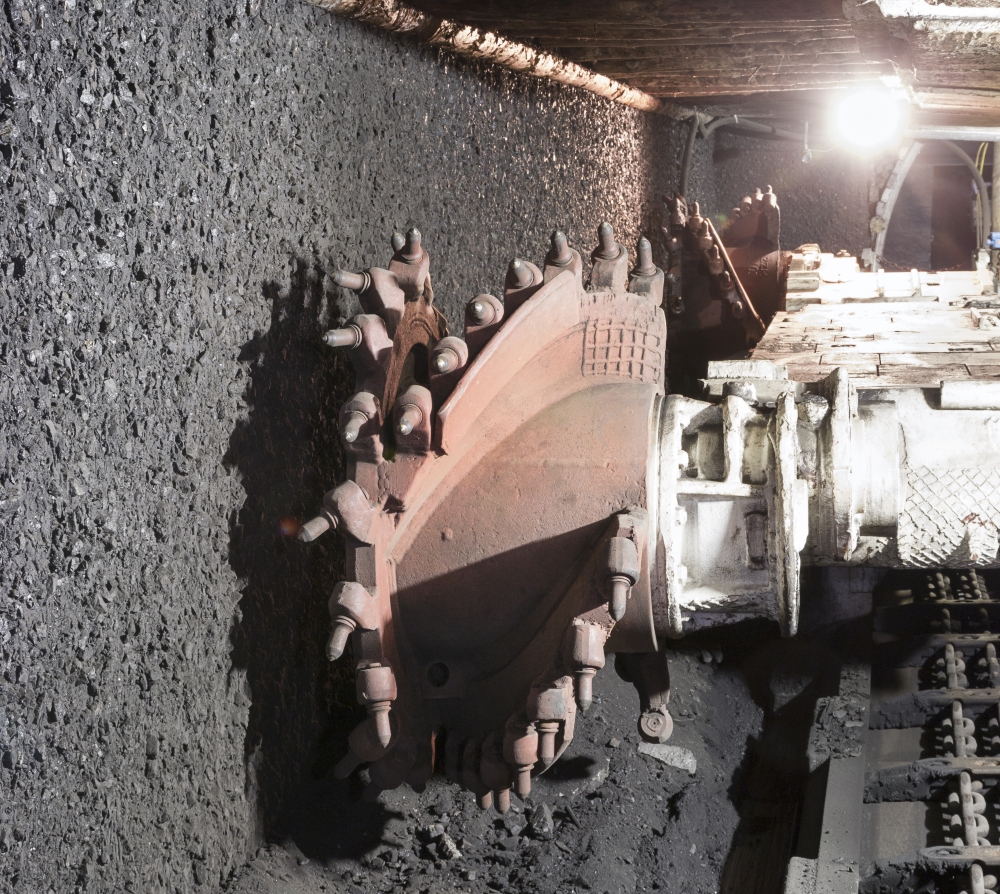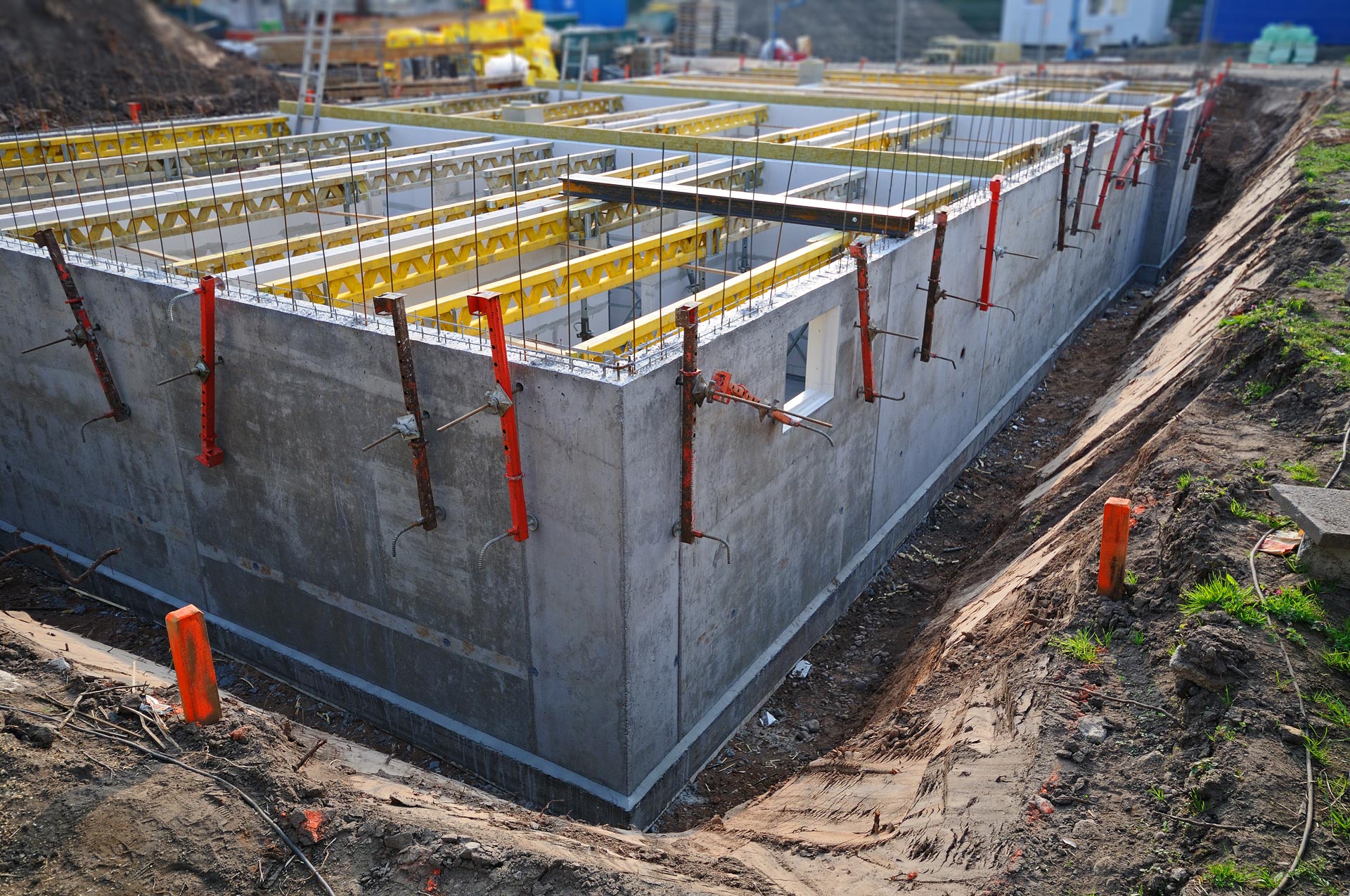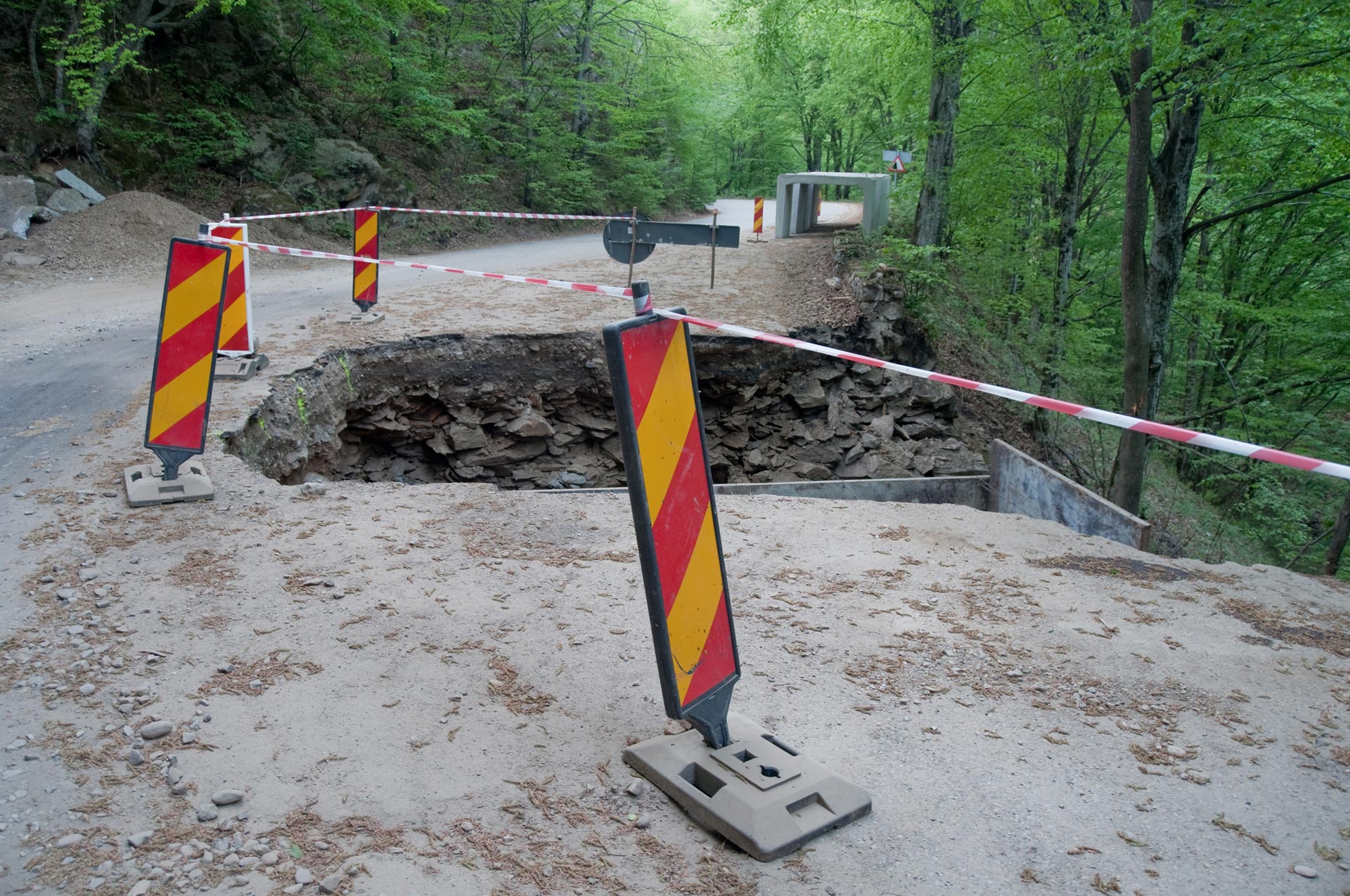Remote Sensing of Bridge Scour Installation Testing Phase
Background: The objective of this research was to address personnel access and system autonomy concerns raised in the Phase 2 Bridge Scour system, which was a scour monitoring system using sensors implanted near scour critical locations that were released during a scour event and wirelessly communicate with a base station. Additionally, the Phase 3 project was intended to perform an installation on a scour critical bridge and indicate any problems that arose.
Findings: The Phase 2 Bridge Scour system’s base station receiver was modified to fit within a metal enclosure that only authorized personnel can access to check the scour status of the bridge. The base station receiver was also outfitted with a solar panel and battery back-up system to provide over two months of continuous autonomous operation.
Results: The Phase 3 Bridge Scour system was deployed and installed at a remote bridge location, and the system was tested in the field for operation at the installation site.
Recommendations: Based on this installation, we recommend that future installations of this system incorporate a wireless communication capability to automatically send scour events, captured by the base station, to operators for prompt notification and responses to scour events without the need to travel to the remote bridge for checkups.
Contacts
Principal Investigator: : Marlin MickleCo-principal Investigator: : Peter Hawrylak































